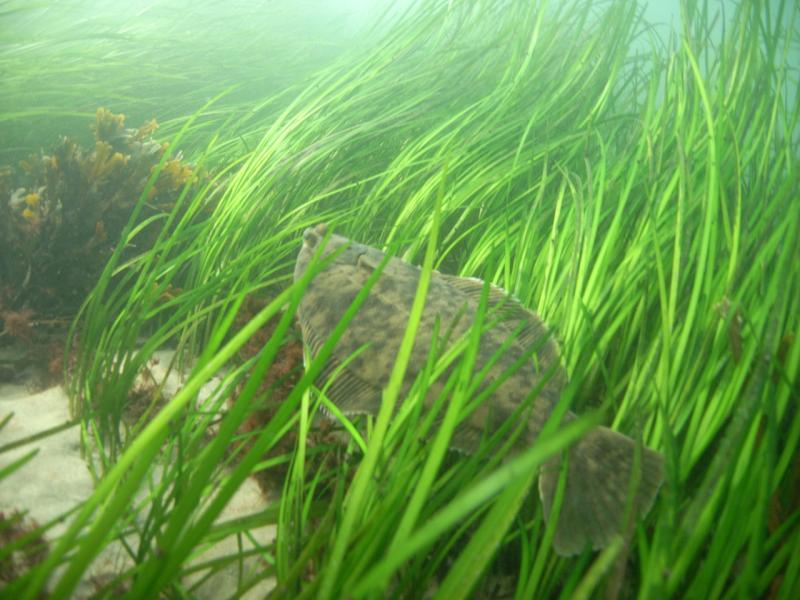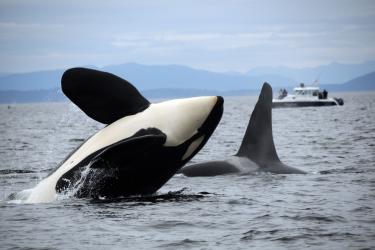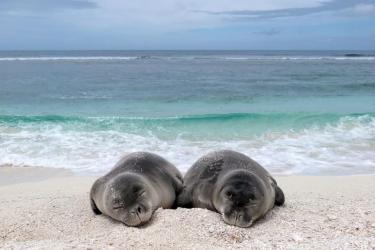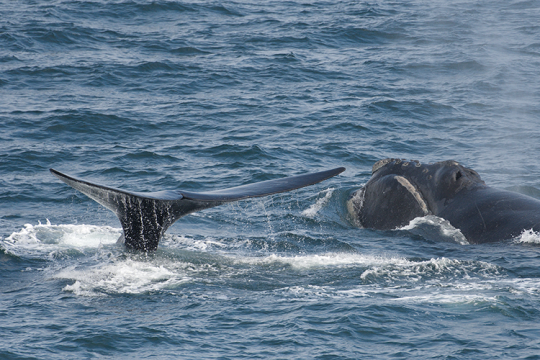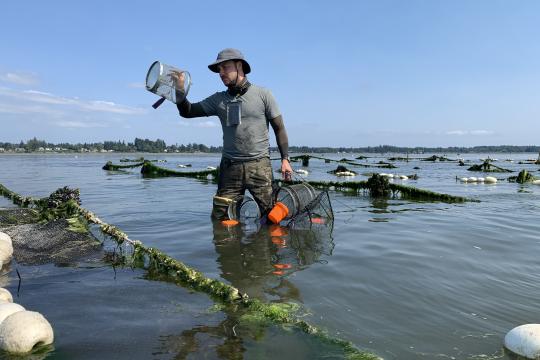A colleague recently shared how, for years, her young daughter thought she was a realtor who helped people buy and sell houses. In reality, her mom works for NOAA as a fish biologist. The confusion lies in how her work was described to a young child—she makes sure that fish have homes.
The sustainability of our seafood is dependent on fish having a place to live. One way ocean managers make sure fish have homes is by protecting “essential fish habitat.” Essential fish habitat is the underwater places where fish are born, grow up, have homes, eat food, and reproduce.
Designating essential fish habitat is a collaborative process between science and management, or in practice, between NOAA and the fishery management councils. Research and traditional knowledge helps us understand where fish live, what they like to eat, and what they need to thrive. Managers use this information to designate essential fish habitat. The designation protects habitat by requiring other federal agencies to consult with NOAA when they are either undertaking or permitting activities that may affect essential fish habitat.

- Restricting activities to certain times of the year when fish have migrated out of the area;
- Modifying how a project is constructed;
- Restoring habitat once an activity is complete;
- Compensating for losses to habitat; among others.
Here at NOAA Fisheries, we help make sure fish have homes both now and in the future. This ensures there is sustainable seafood for dinner!
